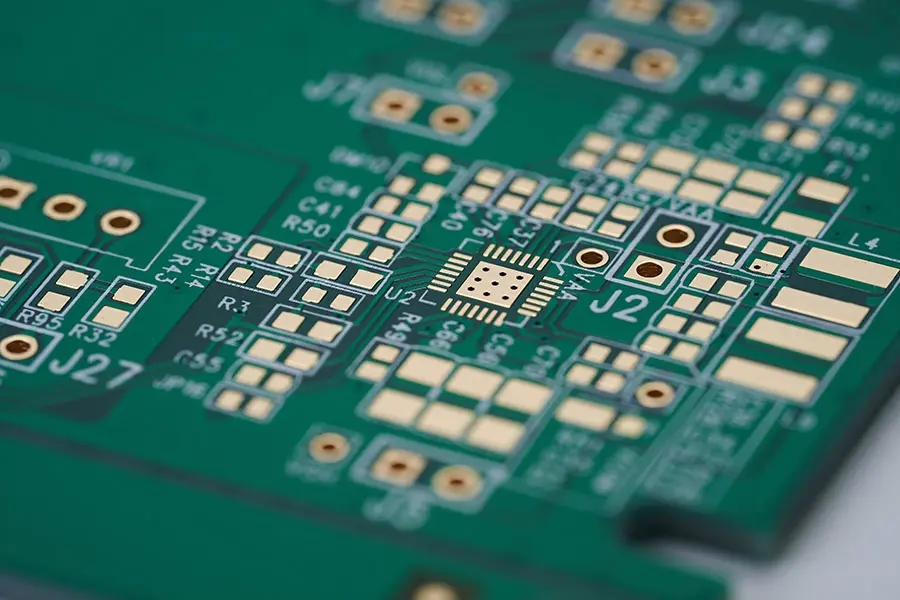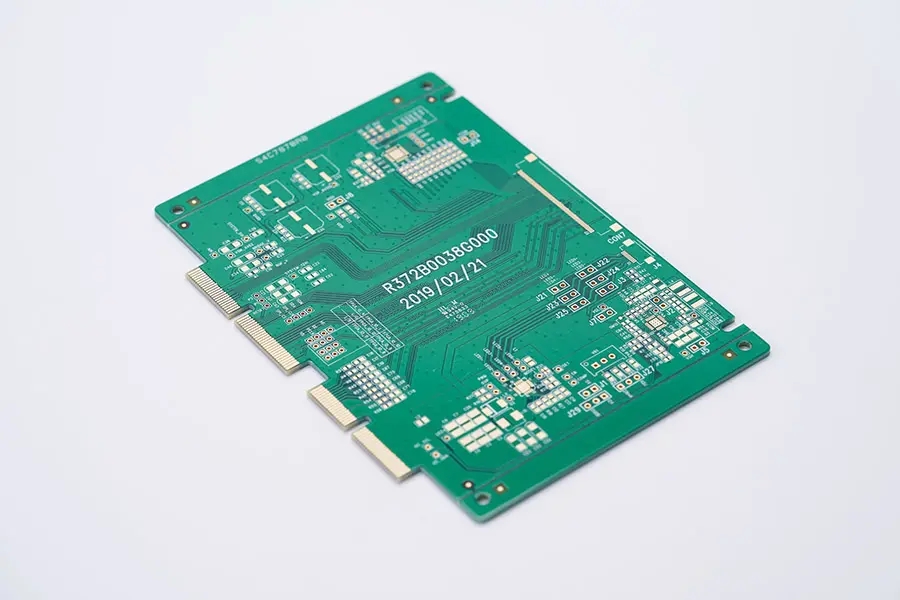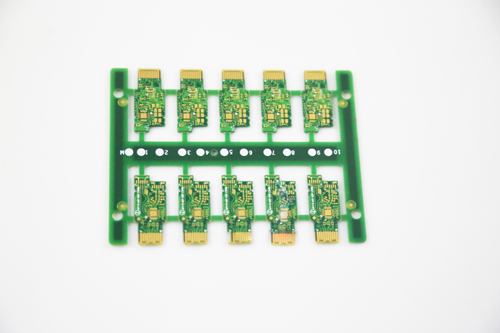
The circuit board manufacturer introduces how to weld the circuit board correctly
The circuit board manufacturer, circuit board design and PCBA processing manufacturer will explain to you how to weld the circuit board correctly
PCB welding is an important part of electronic technology. Proper solder joint design and good processing technology (i.e. PCB welding technology) are the key factors to obtain reliable welding. The so-called "reliable" refers to that the solder joint not only has all the required properties when the product is just produced, but also should work correctly during the entire service life of the electronic product.
Although the physical and chemical principles of all welding processes are the same, the welding of electronic circuits has its own characteristics, namely high reliability and miniaturization, which is consistent with the characteristics of electronic products. The quality of PCB welding is affected by many factors. For example, the type of base metal material and its surface layer, the type and thickness of coating, processing technology and method, surface state before welding, welding composition, welding method, welding temperature and time, gap size of base metal to be welded, type and performance of flux, welding tools, etc. Not only the oxide on the lead surface of the soldered component and the intermetallic compound of the internal structure of the lead are the important reasons for affecting the solderability of the lead, but also the oxide on the surface of the printed circuit board is the main reason for affecting the solderability of the pad.

PCB welding mechanism
Soldering with tin lead solder is called tin lead soldering, or tin soldering for short. Its mechanism is: in the process of tin soldering, solder, weldment and copper foil are not melted under the action of welding heat, solder melts and wets the welding surface, depending on the movement of atomic molecules between solder and copper foil, which causes diffusion between metals to form a metal alloy layer between copper foil and weldment, and connects copper foil and weldment, A firm and reliable welding point is obtained. The above process is a mutual physical chemical interaction process.
PCB welding characteristics
The melting point of solder is lower than the weldment.
During welding, the solder and the weldment are heated to the welding temperature together. The solder melts but the weldment does not melt.
The formation of welding depends on the infiltration of molten solder on the welding surface, so as to generate metallurgical and chemical reactions to form a bonding layer and achieve the bonding of weldments.
The melting point of lead tin solder is lower than 200 ℃, which is suitable for the connection of electronic materials such as semiconductors.
Only simple heating tools and materials can be used for processing, with less investment.
The welding point shall have sufficient strength and electrical performance.
Soldering process is reversible and easy to disassemble.
Soldering condition of circuit board
1、 Weldment is weldable
The quality of soldering mainly depends on the ability of the solder to wet the surface of the weldment, that is, the wettability and weldability of the two metal materials. If the solderability of PCB is poor, it is impossible to weld qualified solder joints. Solderability refers to the ability of weldment and solder to form a good combination under the action of appropriate temperature and flux. Not all materials can be connected by tin welding. Only some metals have good weldability. Generally, copper and its alloys, gold, silver, zinc and nickel have good weldability, while aluminum, stainless steel and cast iron have poor weldability. Soldering generally requires special flux and methods.
2、 The surface of weldment shall be clean
In order to achieve a good combination of solder and weldment, the surface of weldment must be kept clean. Even for weldments with good weldability, if there is oxide layer, dust and oil stain on the surface of weldments. It must be cleaned before welding, otherwise the formation of alloy layer around the weldment will be affected, and the welding quality cannot be guaranteed.
3、 Suitable flux
There are many kinds of fluxes, and their effects are different. Different fluxes should be selected according to different welding processes and materials of weldments. If the amount of flux is too much, the residual side effects of the flux will also increase. The amount of flux is too small, and the effect of flux is poor. Rosin flux is usually used for welding electronic products. Rosin flux is non corrosive, removes oxidation, enhances the fluidity of solder, helps to wet the welding surface, and makes the solder joints bright and beautiful.
4、 Suitable welding temperature
Heat energy is an indispensable condition for welding. In tin soldering, the role of thermal energy is to make the solder diffuse to the element and make the temperature of the weldment rise to the appropriate welding temperature, so as to generate metal alloy with the solder.
5、 Suitable welding time
Welding time refers to the time required for physical and chemical changes during welding. It includes the time when the weldment reaches the welding temperature, the melting time of the solder, the time when the flux plays its role and forms the metal alloy. The welding time of the circuit board shall be appropriate. If it is too long, the welding parts and components are easy to be damaged. If it is too short, the requirements cannot be met.
PCB welding mode
For the welding method of circuit boards, manual welding is usually used for small batch welding. For the production of electronic products in large batch, immersion welding and wave soldering are used.
PCB welding equipment
In the whole welding process, the circuit board factory uses manual welding method. Most of the tools used are electric soldering irons, which are divided into externally heated electric soldering irons and internally heated soldering irons. Circuit board manufacturers, circuit board designers and PCBA manufacturers will explain to you how to weld circuit boards correctly.







